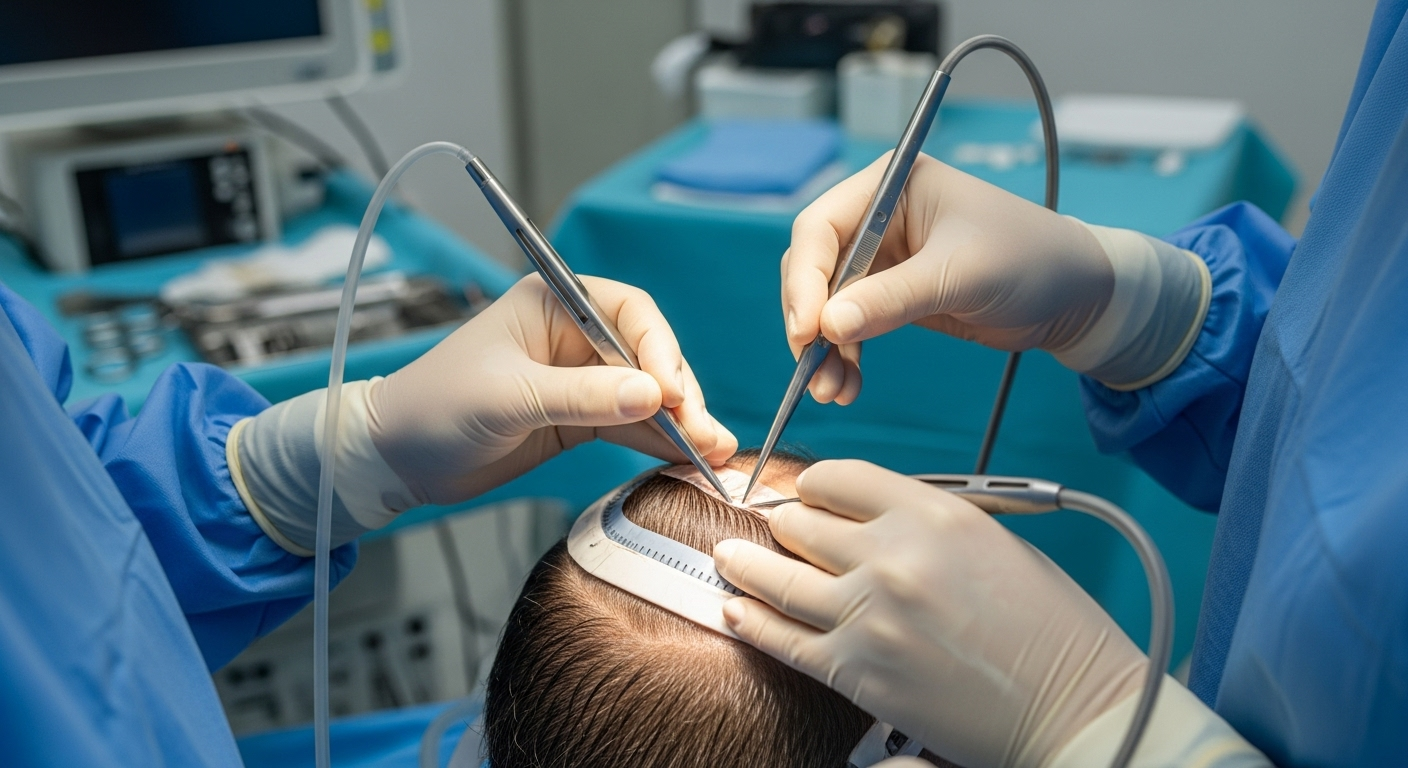Abdominoplasty Surgery: Understanding the Procedure and Its Benefits
Abdominoplasty, commonly known as a tummy tuck, is a surgical procedure designed to remove excess fat and skin from the abdominal area while tightening the underlying muscles. This operation aims to create a smoother, firmer abdominal profile, often sought by individuals who have experienced significant weight loss or pregnancy. As with any surgical procedure, it's essential to understand the process, benefits, and potential risks associated with abdominoplasty.

Who is a suitable candidate for a tummy tuck?
Ideal candidates for abdominoplasty are individuals who are in good overall health but struggle with excess abdominal skin and fat that doesn’t respond to diet and exercise. This often includes people who have lost a significant amount of weight or women who have gone through multiple pregnancies. It’s important to note that abdominoplasty is not a weight loss solution, and candidates should be at or near their ideal body weight before considering the procedure. Additionally, individuals planning future pregnancies or significant weight loss should postpone surgery, as these events can impact the results.
What does the abdominoplasty procedure involve?
The abdominoplasty surgery typically follows these steps:
-
Administration of anesthesia
-
Creation of an incision across the lower abdomen
-
Lifting of the skin to access the abdominal muscles
-
Repair and tightening of weakened or separated abdominal muscles
-
Removal of excess fat, which may involve liposuction
-
Trimming of excess skin
-
Repositioning of the remaining skin and closure of the incision
-
Placement of surgical drains to remove excess fluid
The entire procedure usually takes between two to five hours, depending on the extent of the surgery required.
What is the recovery process like after a tummy tuck?
Recovery from abdominoplasty surgery requires patience and careful adherence to post-operative instructions. Immediately after surgery, patients can expect some pain, swelling, and bruising in the abdominal area. The surgeon will prescribe pain medication and provide instructions for caring for the surgical site and drains. Most patients can return to light activities within two to three weeks, but full recovery and return to strenuous activities may take six to eight weeks or longer.
During the recovery period, patients are typically advised to:
-
Wear a compression garment to reduce swelling and support the abdomen
-
Avoid strenuous activities and heavy lifting
-
Take short walks to promote circulation and prevent blood clots
-
Follow a specific diet to aid healing and prevent constipation
-
Attend follow-up appointments for drain removal and progress monitoring
What are the potential risks and complications of abdominoplasty?
As with any major surgery, abdominoplasty carries certain risks and potential complications. These may include:
-
Infection
-
Bleeding or hematoma
-
Poor wound healing or skin necrosis
-
Seroma (fluid accumulation)
-
Numbness or changes in skin sensation
-
Asymmetry or unsatisfactory aesthetic results
-
Blood clots
-
Anesthesia-related complications
It’s crucial for patients to discuss these risks thoroughly with their surgeon and follow all pre- and post-operative instructions to minimize the likelihood of complications.
What are the typical costs associated with tummy tuck surgery?
The cost of abdominoplasty surgery can vary significantly based on factors such as geographic location, surgeon’s experience, facility fees, and the extent of the procedure. While it’s important to note that prices can change over time, here’s a general overview of typical costs:
| Procedure Type | Average Cost Range | Additional Costs |
|---|---|---|
| Full Abdominoplasty | $6,000 - $12,000 | Anesthesia, facility fees, post-surgery garments |
| Mini Abdominoplasty | $4,000 - $8,000 | Anesthesia, facility fees, post-surgery garments |
| Extended Abdominoplasty | $8,000 - $15,000 | Anesthesia, facility fees, post-surgery garments |
Prices, rates, or cost estimates mentioned in this article are based on the latest available information but may change over time. Independent research is advised before making financial decisions.
It’s important to note that abdominoplasty is typically considered a cosmetic procedure and is not covered by most health insurance plans. However, in cases where the surgery is deemed medically necessary, such as for certain reconstructive purposes, insurance may cover a portion of the costs. Patients should consult with their insurance provider and plastic surgeon to understand their specific financial obligations.
Abdominoplasty surgery can provide significant aesthetic and functional improvements for individuals struggling with excess abdominal skin and fat. However, it’s a major surgical procedure that requires careful consideration, thorough consultation with a board-certified plastic surgeon, and a commitment to the recovery process. By understanding the procedure, its benefits, potential risks, and associated costs, individuals can make informed decisions about whether abdominoplasty is the right choice for their body contouring goals.
This article is for informational purposes only and should not be considered medical advice. Please consult a qualified healthcare professional for personalized guidance and treatment.




